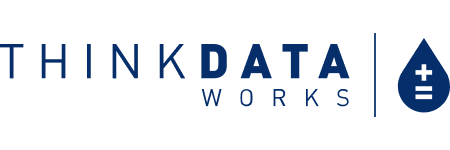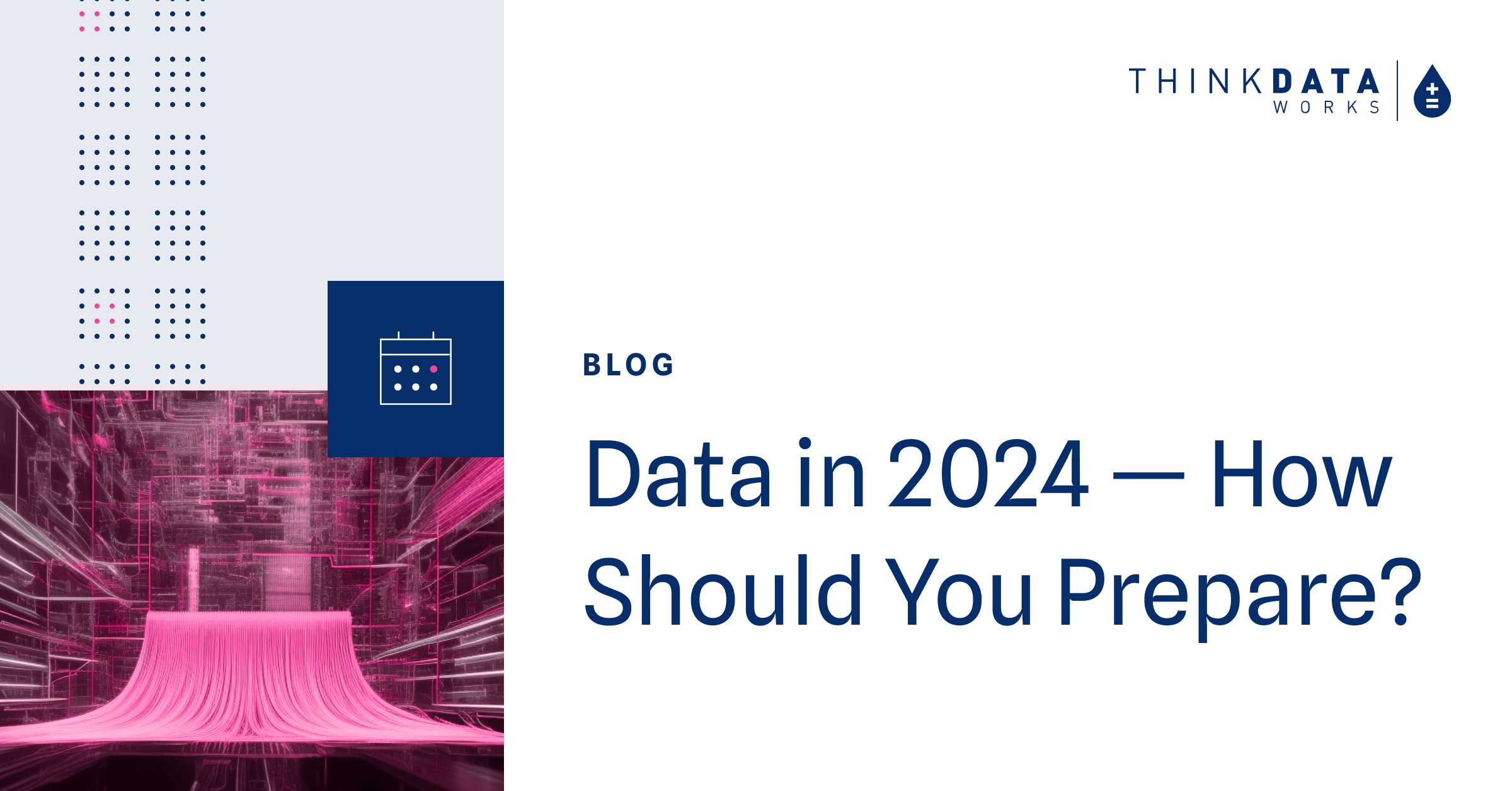4 min read
In today’s data-driven economy, it’s more critical than ever to ensure that data is of high quality. A study conducted by Experian found that 83% of companies see data as a vital part of their business strategy; however, on average, 30% of all data is inaccurate or incomplete. That can reduce operational efficiency, diminish competitive standing, increase data ecosystem complexities, and erode customer trust.
Research from Gartner has found that low quality data can undermine business value and data trust, costing organizations an average of $12.9 million in annual losses. In order to prevent costly mistakes, measuring data quality at the source helps organizations spot issues in their pipelines and take corrective action faster.
What is data quality and how do data catalogs help?
Data quality is a measure of how fit a dataset is to meet the intended use case. The criteria used to measure data quality varies across organizations, but some common universal dimensions are consistency, completeness, reliability, timeliness, and accessibility.
With the vast amount of applications, systems, and data distribution that takes place within businesses today, data quality monitoring is a daunting task. Without a finger on the pulse of every dataset, your organization can be left with flawed conclusions and wasted resources.
By integrating a data quality solution into a data catalog, organizations get a centralized point of access for both data and key health metrics that work together to improve data management, delivery, and governance.
In order to drive more effective data programs that lead to revenue and savings, the three pillars that support information quality are data utility, data activity, and data health.

Data Utility

It's no secret: metadata improves data quality, security, and transparency for any organization. Monitoring the quality and completeness of metadata goes hand-in-hand with improved governance and compliance strategies — the better described a dataset is, the easier it can be used, understood, and discovered.
The ThinkData Works data catalog offers a data utility score as part of our data quality solution. Basically, we automatically analyze every dataset’s metadata to help you know which data in your catalog is described well and which is missing foundational information.
Data Activity
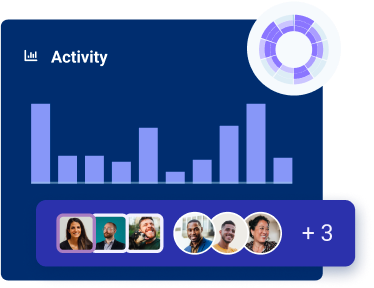 To understand the value of data and how it’s being used (critical insight for governance), it is important to have data usage reporting in place. Visibility into data usage will help organizations understand and justify data investments while minimizing ineffective spend.
To understand the value of data and how it’s being used (critical insight for governance), it is important to have data usage reporting in place. Visibility into data usage will help organizations understand and justify data investments while minimizing ineffective spend.
We’ve created an easy way to monitor data usage with an activity feed that tracks which datasets are being put to use, and how they’re queried.
Data Health
 As data evolves across updates, the ability to monitor data health over time provides businesses a lens into the consistency, reliability, and completeness of the data they rely on.
As data evolves across updates, the ability to monitor data health over time provides businesses a lens into the consistency, reliability, and completeness of the data they rely on.
With our data health scoring, you can ensure that data assets are up-to-date and accurate for optimized decision making, risk management, and regulatory compliance.
Why do you need data quality? There are big benefits
Enhanced trust in data
Data quality is crucial to building trustworthy intelligence. Our catalog platform provides a layer of transparency, revealing the reliability, consistency, and completeness of data assets in the catalog. That visibility helps you know what data is usable and what’s not.
Better decision-making
In order to drive data insights and improve business decisions, accurate and high-quality data can help users identify patterns, trends, and relationships that may otherwise be missed.
Improved compliance and risk management
Inaccurate or incomplete data (or metadata) can lead to compliance issues and increased risk. By consistently monitoring data quality, organizations can better ensure that compliance regulations are met to avoid costly mistakes and penalties.
Streamlined data integration
The ThinkData Works catalog platform helps centralize access to disparate data sources through a single (and manageable) control plane. If you're using poor quality data, plugging it into third party analysis tools and data science applications is cumbersome at best. High quality data can withstand the integration process, and its consistency will make it easier to integrate into analytics, data science, and BI tools.
Better data governance
By visualizing data usage reporting, metrics that can help answer important governance questions come to the surface. This makes it easier to determine things like:
- Who is accessing this dataset?
- What are data consumers doing with the data?
- How is the data changing over time?

How can I improve data quality at my organization?
The first step is measuring it. ThinkData Works offers the ideal trifecta data quality solution that makes it easier and faster to understand the data in your catalog.
Want to learn more about how data quality can support your business and data operations? Get in touch for a demo to see how the ThinkData Works Data Catalog can help you.
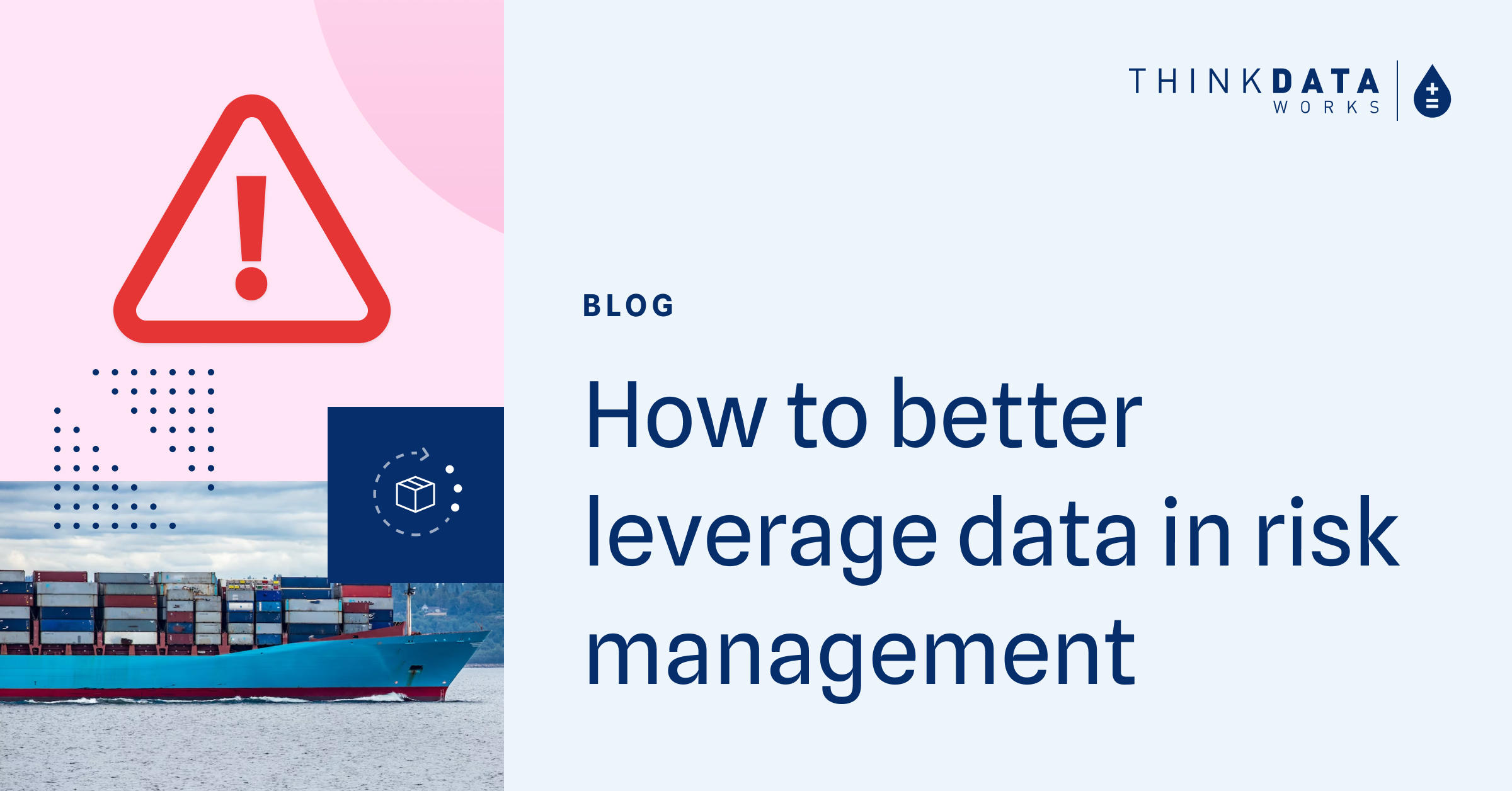
4 min read
How to better leverage data for risk management and crisis response
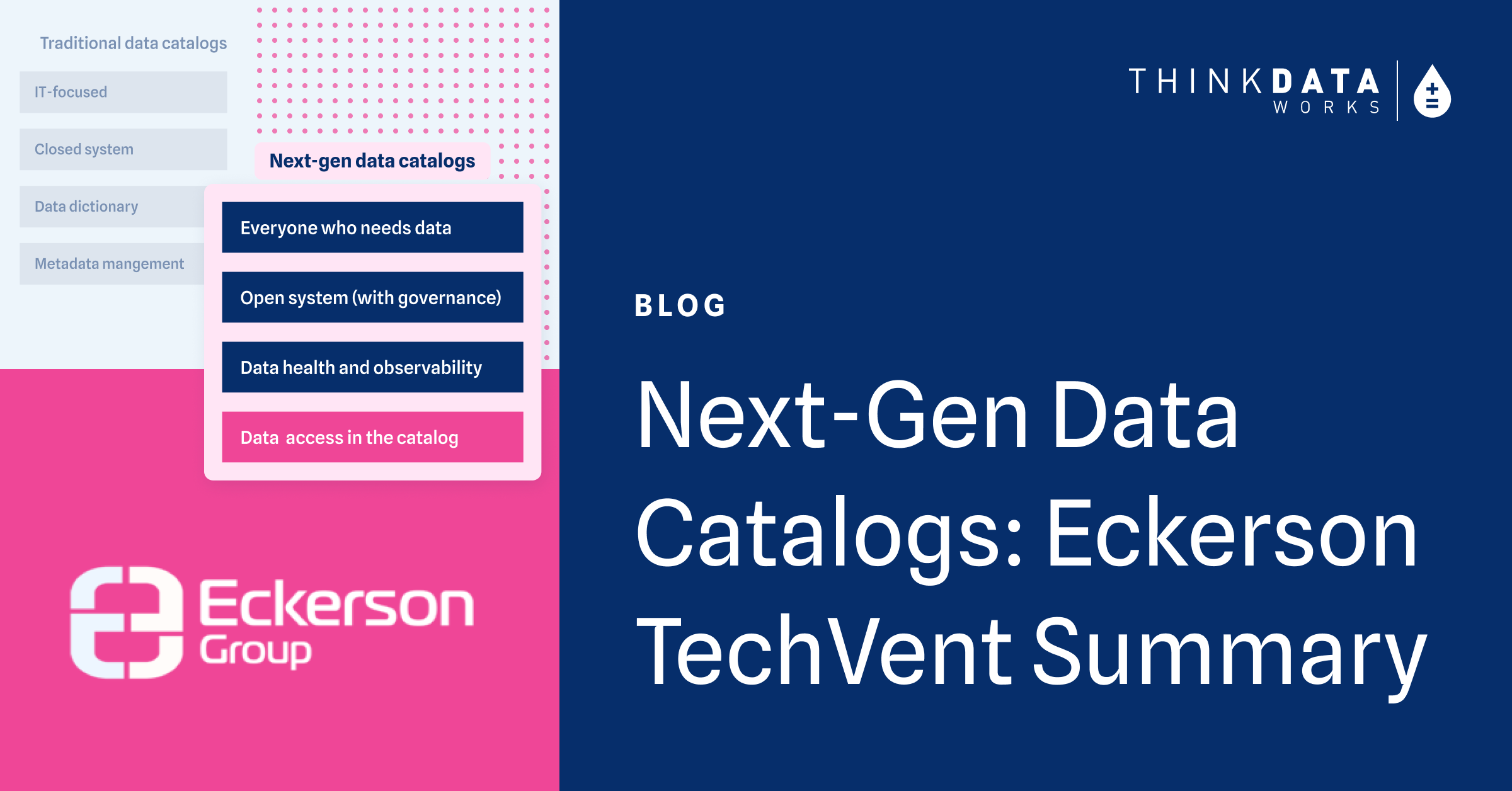
3 min read
